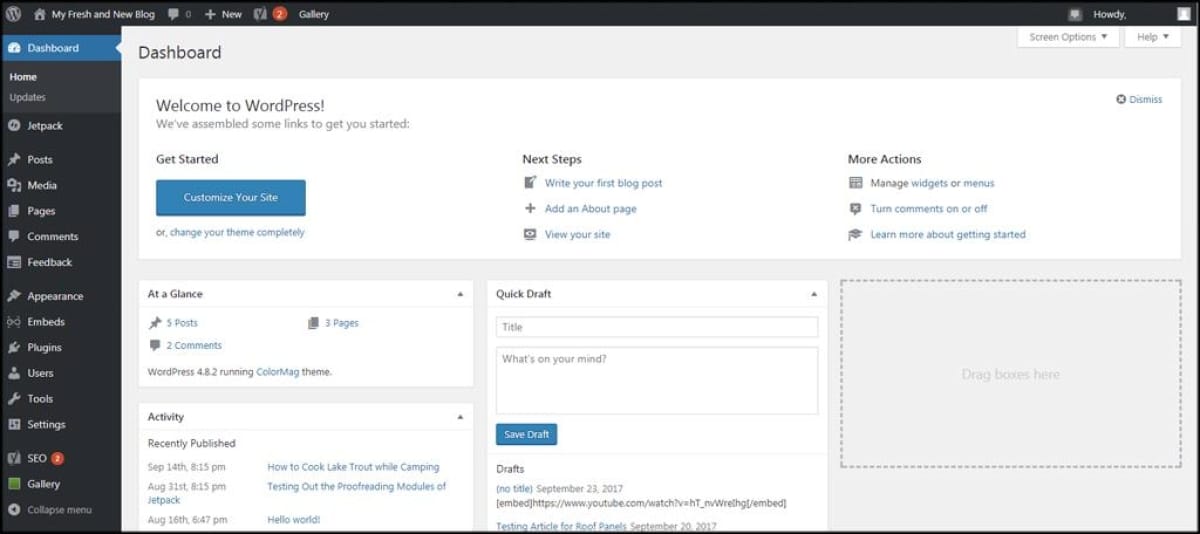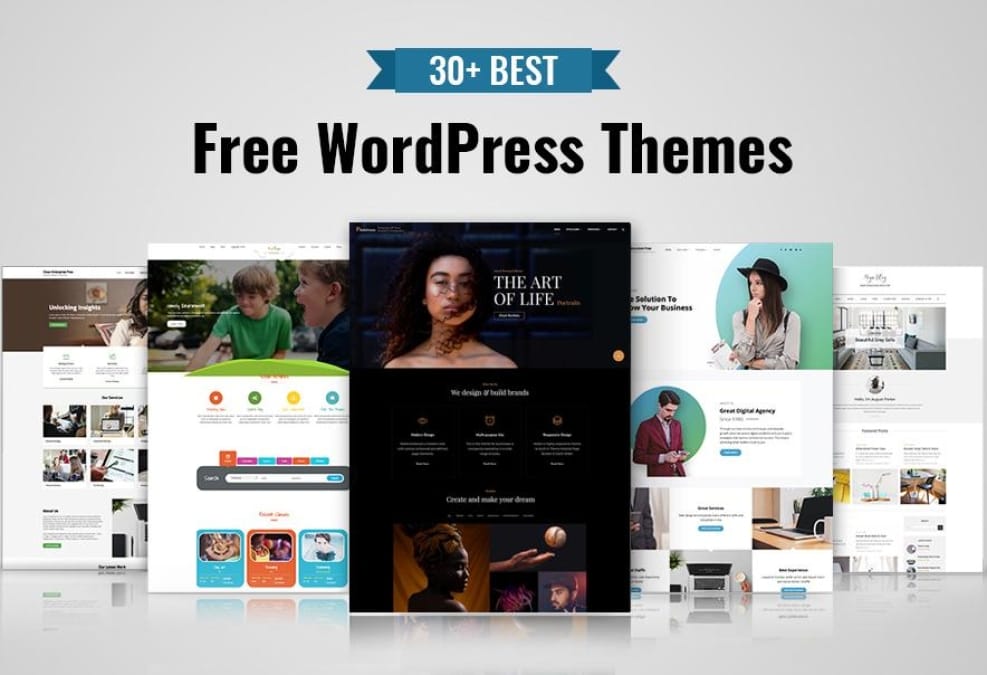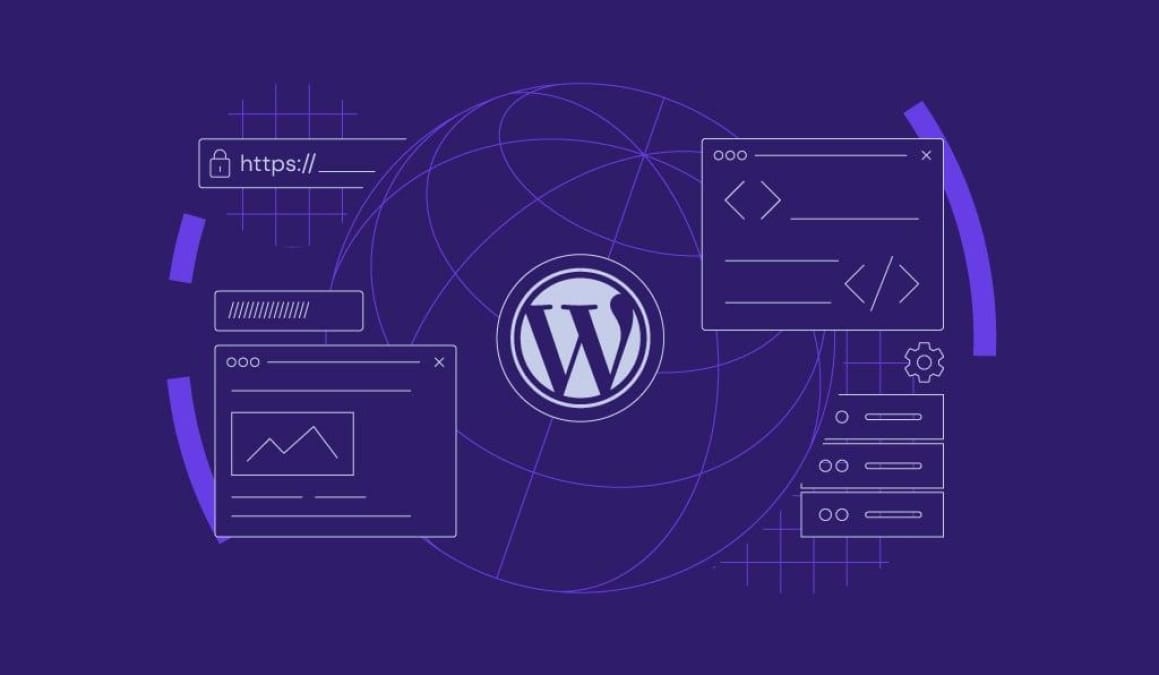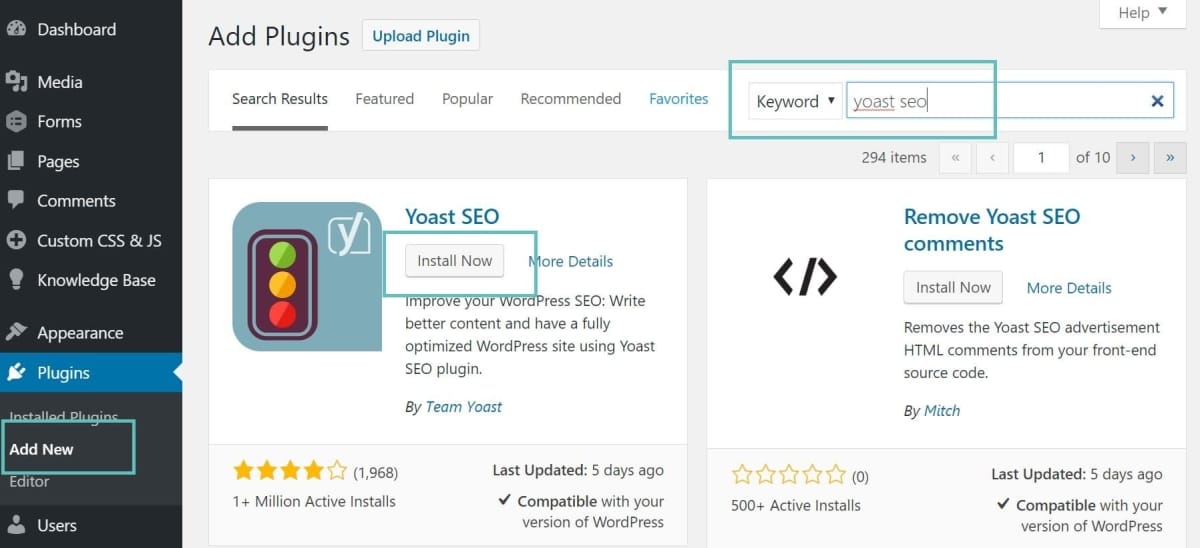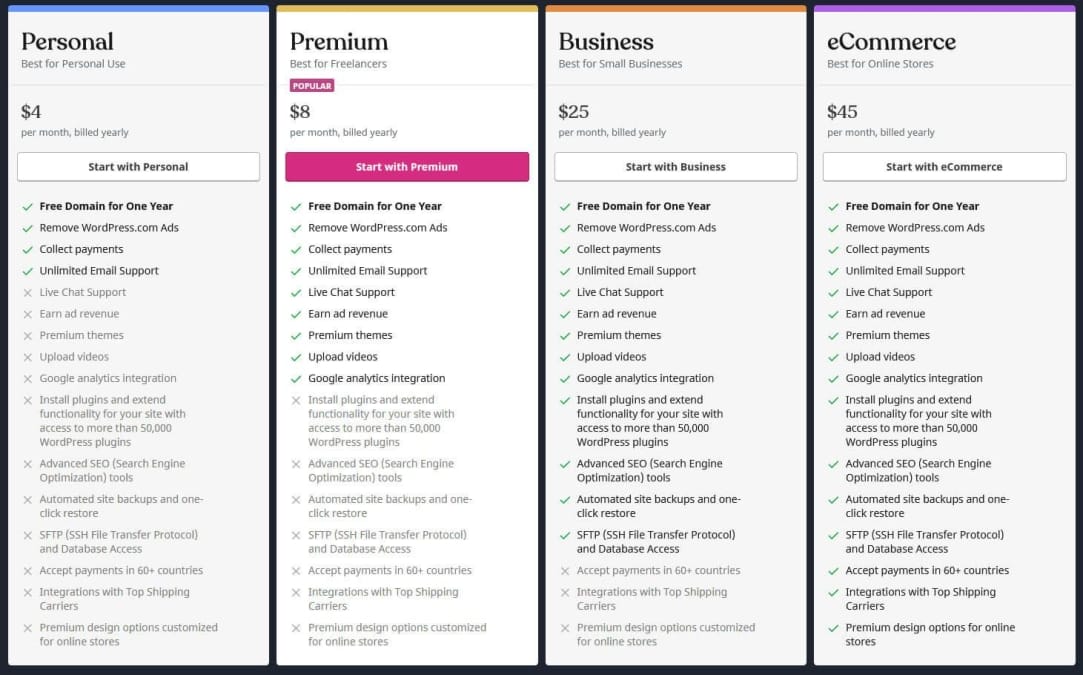Building a website can be daunting, especially when starting from scratch. I’ve worked on numerous projects where time and resources were tight,and that’s when WordPress templates became a game-changer for me. These templates offer a range of benefits that can simplify the site-building process, such as:
- Pre-designed layouts that accelerate development
- Customization options to match your brand’s unique identity
- Responsive designs ensuring your site looks great on any device
However, it’s crucial to select a template that aligns with your specific needs and goals. In this article, I’ll share my insights on how WordPress templates can streamline your web development journey and help you create a professional site with ease.

table of Contents
- How WordPress Templates Simplify Design Choices for Your Business
- Understanding the Key Features of WordPress Templates for Efficient Site Building
- Best Practices for Choosing the Right WordPress Template for Your Brand
- Making Customization Easy: Adapting WordPress Templates to Fit Your Business Needs
- Common Mistakes to Avoid When Using WordPress templates for Your Website
- Q&A
- Future Outlook
How WordPress templates Simplify Design Choices for Your Business
One of the aspects I appreciate most about WordPress templates is their versatility. They offer extensive customization options, enabling businesses to maintain their brand identity while leveraging the template’s structure. From adjusting color schemes and typography to rearranging layout elements, templates provide a solid foundation that can be easily adapted to reflect a company’s personality and values.
Responsiveness is another critical factor, and most WordPress templates are designed to be fully mobile-amiable and compatible across various browsers. This ensures that the websites I create look great on any device without additional tweaking. By using templates that are already optimized for different screen sizes, I can guarantee a consistent user experience for all visitors.
The vast selection of WordPress templates available caters to a wide range of business needs, from e-commerce stores to professional portfolios. Additionally, the strong support communities and extensive documentation make problem-solving straightforward. Here’s a quick overview of how templates align with different business types:
| Business Type | Template Features |
|---|---|
| E-commerce | Product galleries, shopping carts, payment integrations |
| Portfolio | Image sliders, project showcases, minimalistic design |
| blog | Content layouts, SEO optimization, social media integration |
| Corporate | professional layouts, contact forms, service listings |

Understanding the Key Features of wordpress Templates for Efficient Site Building
One of the aspects I appreciate most about WordPress templates is their extensive customization options. Whether you’re aiming for a minimalist design or something more vibrant, there’s a template that fits your vision. Many templates come with built-in theme customizers that allow you to tweak colors, fonts, and layouts without touching a single line of code. This flexibility not only saves time but also empowers you to create a unique online presence that truly reflects your brand.
In today’s mobile-centric world, having a responsive design is non-negotiable. I always prioritize templates that automatically adjust to different screen sizes, ensuring a seamless experience for visitors on smartphones, tablets, and desktops alike. Responsive templates eliminate the need for separate mobile versions of your site, making maintenance easier and enhancing user satisfaction across all devices.
The built-in features of WordPress templates substantially streamline the site-building process. Many templates include integrated page builders, which offer drag-and-drop functionality for creating complex layouts with ease. Additionally, features like SEO optimization, social media integration, and customizable widgets help enhance your site’s performance and visibility without requiring additional plugins or extensive setup.
Another key feature I rely on is the ease of use and support that comes with quality templates. User-friendly interfaces make it simple to navigate and customize your site, even if you’re not a tech expert. Moreover, reputable template providers offer thorough documentation and responsive support teams, ensuring that any issues or questions you encounter can be resolved promptly. This level of support provides peace of mind, allowing you to focus on building and growing your website.

Best Practices for Choosing the Right WordPress Template for Your Brand
Customization flexibility is another key factor I consider. A template that offers a wide range of customization options allows us to tailor the website to our specific needs without starting from scratch. I look for themes that support popular page builders like Elementor or WPBakery, as they provide intuitive drag-and-drop interfaces. Additionally, having access to custom widgets and modular components can significantly enhance the functionality of your site, ensuring it grows with your business.
Responsive design and performance are non-negotiable aspects in today’s mobile-first world.I ensure that any template I choose is fully responsive, providing an optimal experience across all devices. Fast loading times are essential for both user experience and SEO,so I prioritize themes that are optimized for speed and efficiency. Tools like Google PageSpeed Insights are invaluable in assessing a template’s performance before committing to it.
lastly, reliable support and regular updates are essential for maintaining the security and functionality of your website. I prefer templates from developers who offer comprehensive documentation and prompt customer support. Regular updates ensure compatibility with the latest WordPress versions and address any potential security vulnerabilities. Here’s a quick overview of what to look for:
- Documentation: Detailed guides and FAQs.
- Support: Responsive customer service channels.
- Updates: Frequent releases to maintain compatibility and security.
By adhering to these best practices, you can select a WordPress template that not only enhances your brand’s online presence but also simplifies the site-building process, allowing you to focus on what truly matters—growing your business.

Making Customization Easy: Adapting WordPress Templates to Fit Your Business Needs
One of the aspects I appreciate most about WordPress templates is their inherent flexibility. From the outset, these templates provide a solid foundation that can be tailored to reflect your brand’s unique identity.Whether it’s adjusting color schemes, modifying layout structures, or incorporating custom fonts, the ability to tweak these elements ensures your website doesn’t just look generic but truly represents your business.
When it comes to customization,WordPress offers a myriad of options. Here are some key areas you can easily adapt:
- Theme Settings: modify headers, footers, and overall site layout without touching a single line of code.
- Plugins: Extend functionality with plugins that cater to specific business needs, such as e-commerce integrations or SEO tools.
- Custom CSS: For those cozy with a bit of coding, adding custom CSS can fine-tune the appearance beyond the default options.
In my experience, successfully adapting a template starts with understanding your business requirements. I usually begin by mapping out the essential features your site needs, such as contact forms, portfolio galleries, or e-commerce capabilities. Onc these needs are clear, selecting a template that aligns closely with these functionalities reduces the amount of customization required. Additionally, leveraging child themes can ensure that your customizations remain intact even when the parent theme is updated.
Customization also plays a crucial role in enhancing user experience and SEO performance. A well-customized site not only looks professional but also ensures faster load times and better navigation, which are critical for retaining visitors. Moreover, tailored SEO settings can significantly improve your site’s visibility on search engines. By taking the time to adapt your WordPress template thoughtfully, you’re investing in a website that not only meets aesthetic standards but also drives business growth.
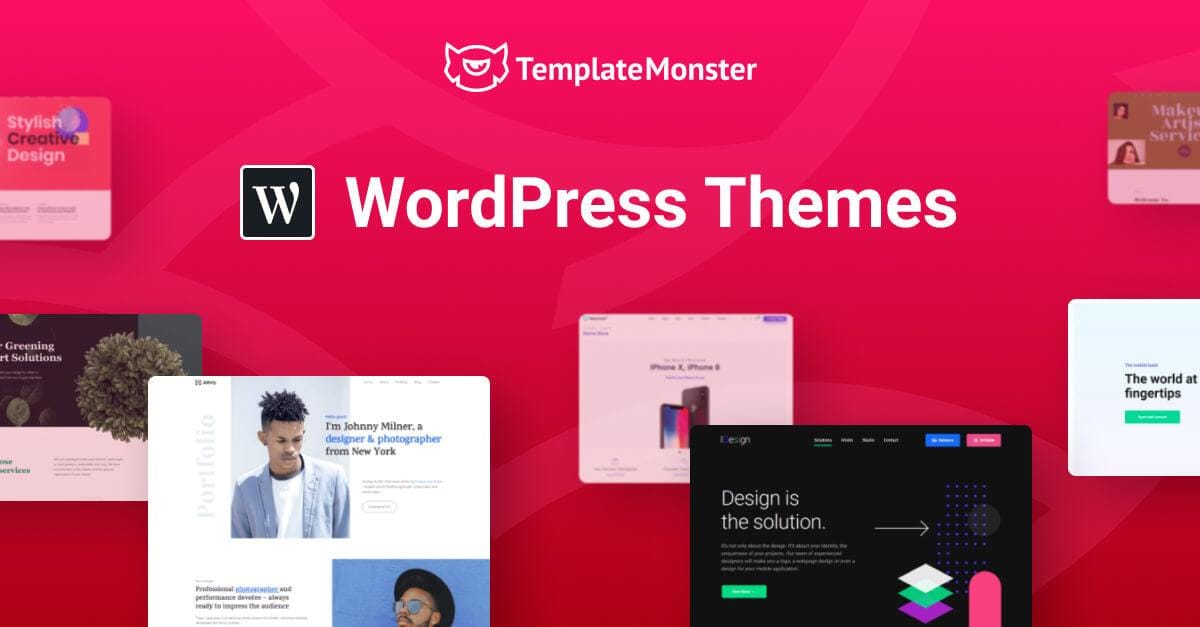
Common Mistakes to Avoid When Using WordPress Templates for Your Website
Another mistake to watch out for is ignoring mobile responsiveness. With a growing number of users accessing websites via smartphones and tablets, a template that doesn’t adapt well to different screen sizes can significantly hurt your site’s performance. I prioritize selecting templates that are mobile-friendly and regularly test how my site appears on various devices to ensure a seamless experience for all visitors.
overloading your site with too many plugins is also a frequent error I see. While plugins can add valuable functionality, excessive or incompatible ones can slow down your site and cause conflicts. I focus on choosing only the essential plugins that are well-maintained and compatible with my chosen template, ensuring optimal performance and security.
Lastly, many users neglect SEO and performance optimization when customizing their templates. Without proper optimization, even the most visually stunning site can fail to attract traffic.I incorporate SEO best practices from the start, such as optimizing images, using clean code, and implementing effective metadata, to enhance both the visibility and speed of my websites.
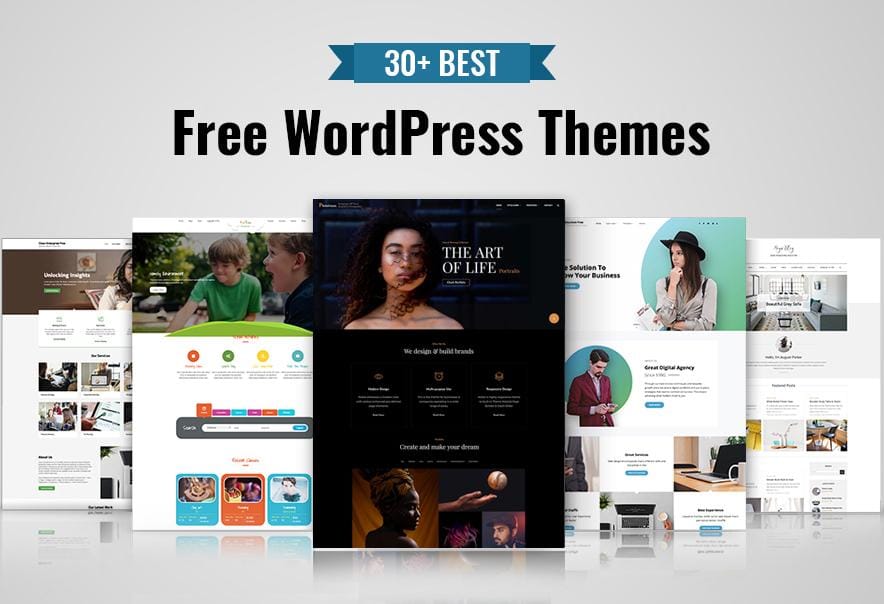
Q&A
Do WordPress Templates Make Building Your Site Easier?
Absolutely, WordPress templates significantly streamline the website building process. From my experience,templates provide a solid foundation with pre-designed layouts and functionalities,which means you don’t have to start from scratch. This not only saves time but also allows you to focus on customizing the content to fit your brand’s unique needs.
What are the key benefits of using WordPress templates for web design?
One major benefit is the ease of use. WordPress templates come with user-friendly interfaces that make it simple to add and arrange content without deep technical knowledge. Additionally,they often include built-in responsive design features,ensuring your site looks great on all devices. This combination of flexibility and functionality is invaluable for creating professional-looking websites efficiently.
can I customize a WordPress template to match my brand’s identity?
Yes, customization is one of the strengths of WordPress templates. I’ve found that most templates allow you to modify colors, fonts, and layouts to align with your brand’s identity. Advanced users can also tweak the CSS or add custom code for more tailored adjustments. This flexibility ensures that your website not only functions well but also reflects your brand’s personality.
Do WordPress templates support SEO best practices?
Many high-quality WordPress templates are built with SEO in mind. They incorporate clean code, fast loading times, and responsive design, all of which are critical factors for search engine optimization. additionally,templates frequently enough integrate seamlessly with popular SEO plugins,allowing you to optimize your content effectively and improve your site’s visibility in search engine results.
Are there any limitations to using wordpress templates for building a website?
While WordPress templates offer numerous advantages, there are some limitations to consider. Customizing beyond the provided options can require additional technical skills,and overly generic templates might not stand out in a competitive market. However, with the right template and some customization, these limitations can often be overcome, allowing you to create a unique and functional website.
How do WordPress templates affect the overall performance of my website?
Performance largely depends on the quality of the template you choose. Well-coded templates are optimized for speed and efficiency, ensuring your website loads quickly and performs smoothly. Conversely, poorly designed templates can slow down your site and negatively impact user experience. I always recommend selecting reputable templates and regularly updating them to maintain optimal performance.
Future Outlook
From my outlook, WordPress templates can greatly simplify the website building process, especially if you’re not deeply familiar with coding. They provide a variety of customizable options that enable you to craft a unique online presence without starting from scratch. However, it’s crucial to select a template that fits your specific needs and objectives to maximize its effectiveness.
whether templates make building your site easier depends on your individual requirements and design preferences. By carefully choosing the right template and tailoring it to your vision,you can efficiently create a professional and impactful website.
If you’re ready to advance your web design project, I invite you to reach out to the team at Novatixel for expert guidance and support.

